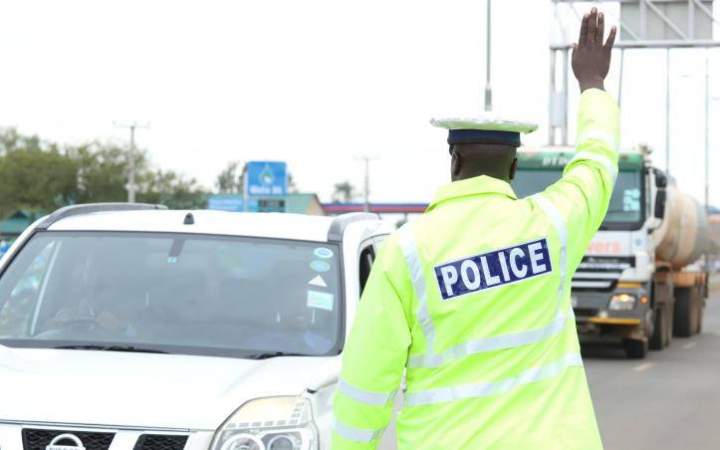When police invoke code of silence to protect colleagues

On March 25, 2020, the mastermind of the 2019 Stanchart Bank Sh74 million heist, Wycliff Oduor, was shot dead in Kayole in unclear circumstances.
The Directorate of Criminal Investigations (DCI) on its Twitter page wrote that Oduor was gunned down in “a fierce shootout between a three-man gang of robbery with violence suspects and detectives”.
But Oduor’s lawyer dismissed the DCI’s claims and posted a video showing how the officers shot the unarmed suspect. Witnesses and an independent probe later revealed the suspect could have been executed in cold blood.
Four officers were later arrested in connection to the killing after the Director of Public Prosecutions (DPP) agreed that there was sufficient evidence the officers killed Oduor. The matter is pending in court.
On Saturday, police launched an operation following a robbery at Unaitas Sacco in Murang’a County and the following day, the regional police command announced that they had recovered part of the loot and that two suspects had been shot dead in a shootout with police officers.
Around the same time, photos emerged online, showing the two suspects seated on the ground in handcuffs and surrounded by officers in uniform and civilian attire.
In one of the photos, an officer is captured removing one of the alleged recovered firearms from a sack.
Preliminary investigations show the two were executed after being subdued, further casting doubt on reliability of police reports especially in regard to fatal shootings.
The Independent Oversight Policing Authority (IPOA) has launched investigations to establish what actually transpired.
In October last, President William Ruto directed the Authority to stop extrajudicial killings and give the Interior ministry a roadmap on how to deal conclusively with the problem.
Beside the cases of extra-judicial killings, independent investigations have revealed the unimaginable lengths officers go to cover up crimes by their colleagues.
There are cases where officers have deliberately distorted incriminating information about their colleagues, tampered with exhibits and even charged wrong suspects or victims of police misconduct to circumvent investigations.
This conduct, commonly referred to as the blue code of silence, has also been cited in reports by various agencies and decisions by courts.
In the Criminal Appeal of police officer Titus Musila, alias Katitu, the High Court said: “The blue code of silence is a common phenomenon spanning across countries and police cultures…it is the unwritten rule according to which police officers never provide incriminating information about their colleagues.”
Musila had been charged and convicted of murder by the High Court.
IPOA had also, in a report, noted that there were concerted efforts by the officers to cover up crimes.
They involve tampering with official documents and exhibits, shoddy and hasty investigations to defeat justice, skewed interpretation of laws to justify police actions, and deliberately tampering with records and loss of vital documents.
Crime statistics are also said to be regularly skewed, thus unreliable. Reports indicate that some commanders routinely massage crime figures and downgrade offences to meet targets and look better in the eyes of the public and their bosses.
According to policing experts, accurate data cannot only provide a valuable measure of trends but also help the service work out where, when and how often crime is happening as well as how to respond and what resources to put in.
The Deputy Inspector General in charge of the Kenya Police Service Edward Mbugua had earlier said accurate crime statistics go a long way in informing policing strategies.
When the information in such records is unreliable, the conclusions drawn from them are most likely unreliable. The danger is that under-recording exaggerates the rate of decrease in crime.
The Murang’a case is a tip of the iceberg and clearly shows that the reports about fatal shootings are sometimes skewed.
The situation is further exacerbated by the fact that in cases of officers involved killings, the reporting agency is also the suspect’s employer.
—The writer is a senior crime and security reporter, People Daily












